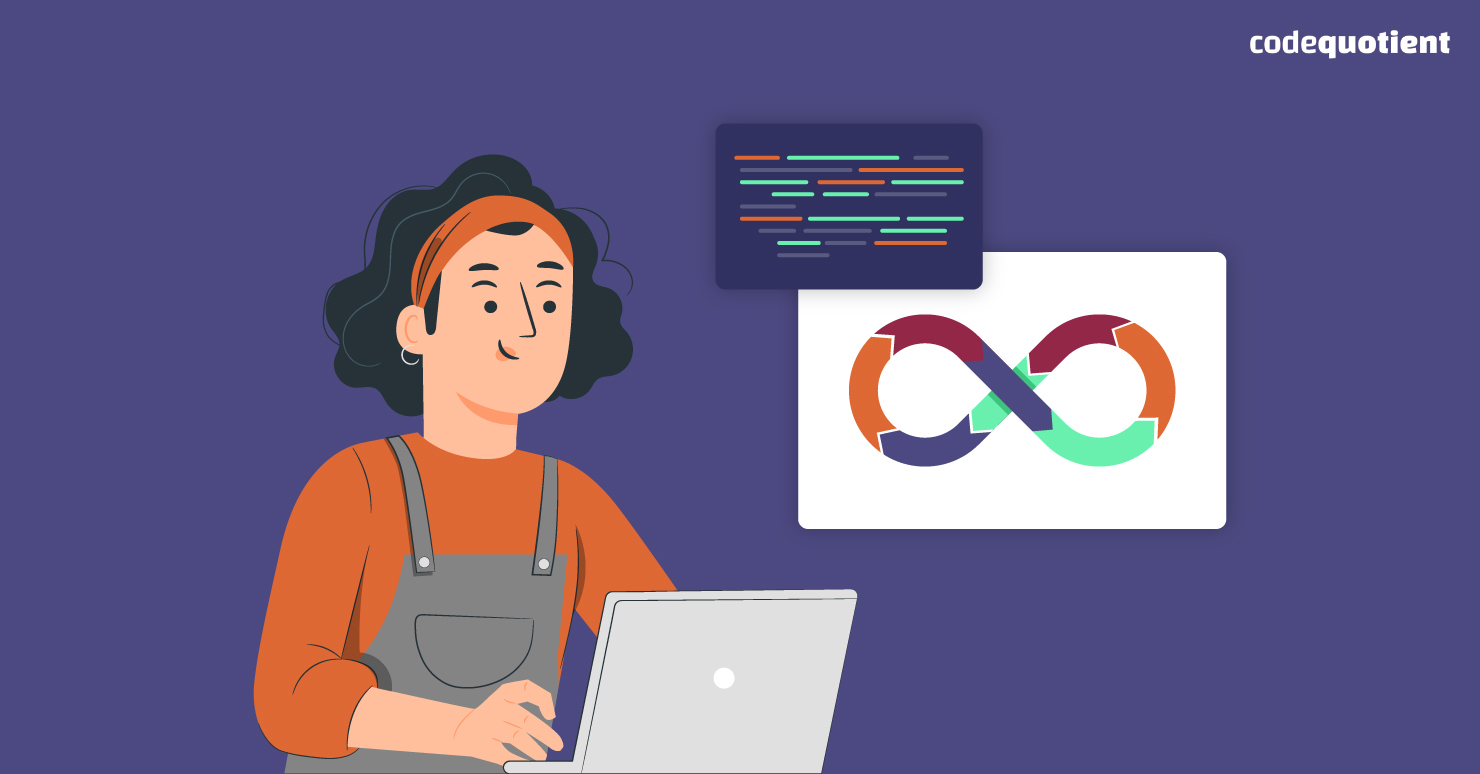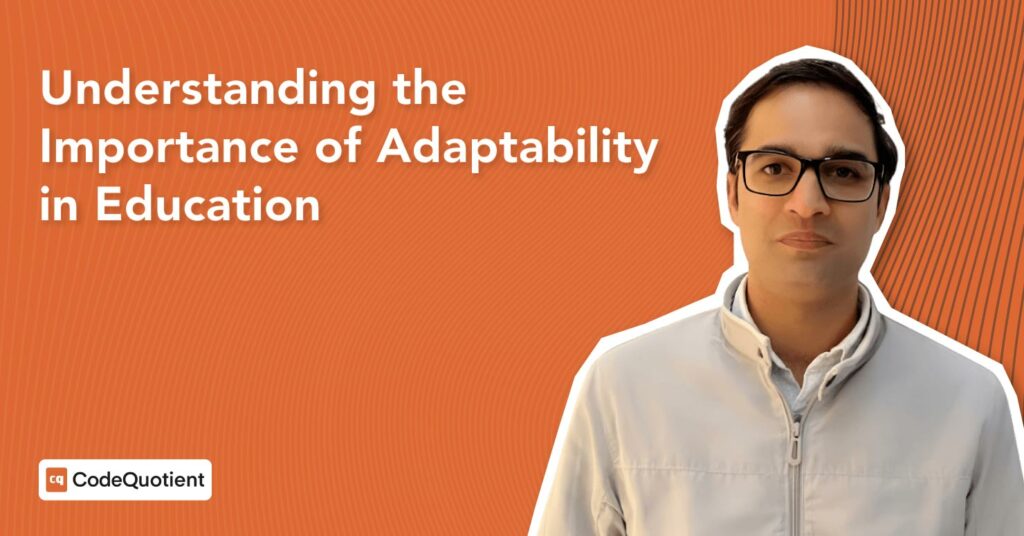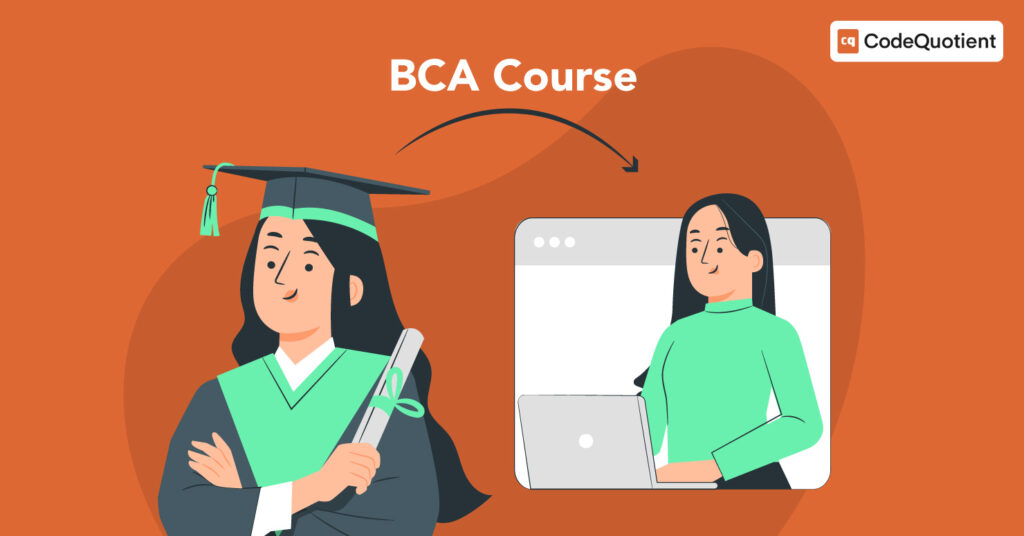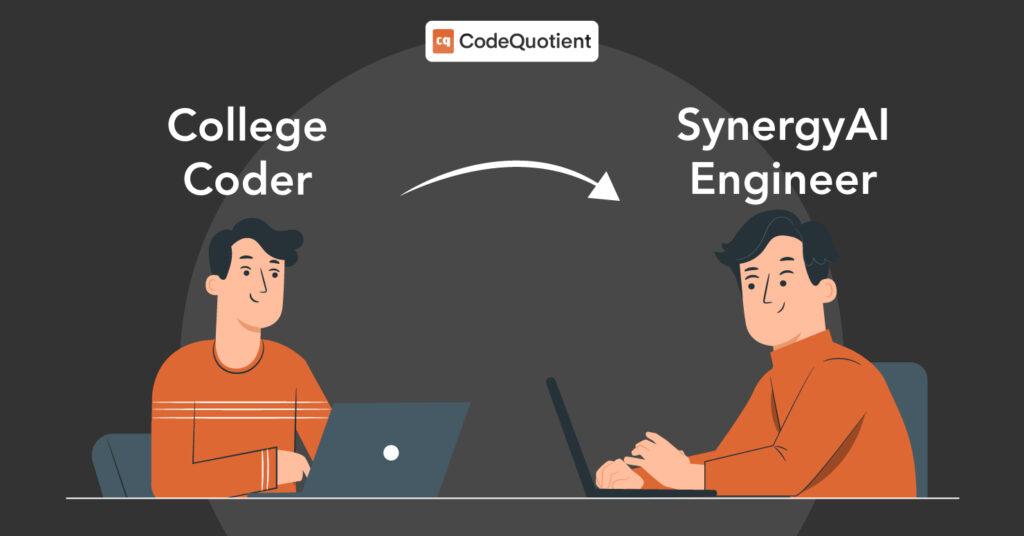You’ve been invited to a DevOps interview with your dream firm, and you don’t want to blow it! Finding the right IT interview questions can be difficult, but we’ve put together a list of DevOps interview questions to help you ace your next interview and land your dream job.
6 IT Interview Questions to Ace your DevOps Interview
The ability to code, manage servers, and automate infrastructure are some of the skills DevOps engineers must have. You need to brush up on your skills and become familiar with the most effective tools and techniques. To help you in this process, here are six DevOps IT interview questions you should be familiar with.
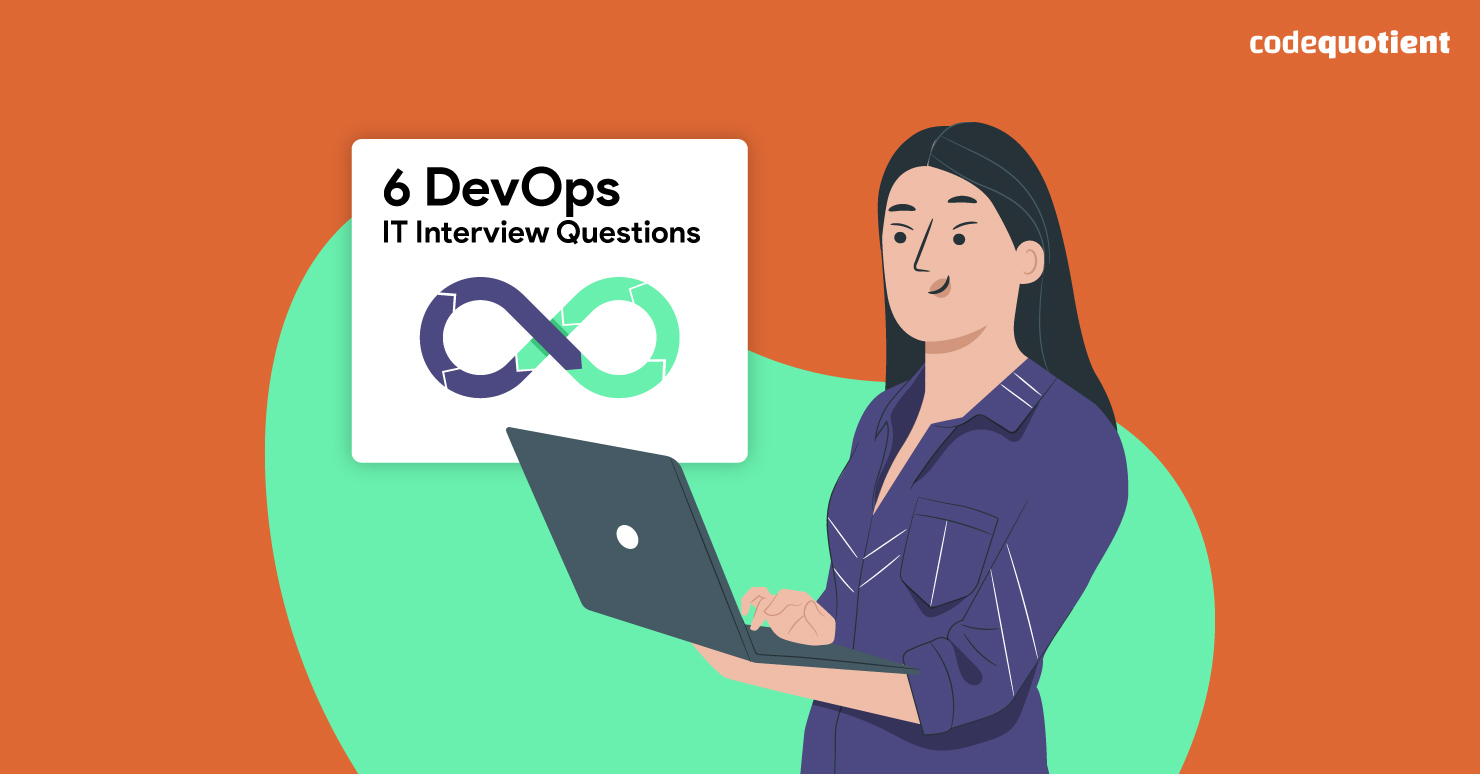
1. Describe the DevOps Lifecycle?
A: DevOps is a method of bridging the gap between developers and operations. The following are the phases of the DevOps lifecycle:
- Planning: Developers and clients meet to discuss the project goals and devise a strategy for moving forward with the requirements.
- Coding: In this stage, developers begin coding and use tools like GIT, a distributed version control system, to make it easier for all developers to stay up to date with the committed code.
- Build: The third phase combines code from various repositories into a single application. This stage makes use of tools like Maven and Gradle.
- Testing: Tools like Selenium and Junit are used to ensure that all requirements are met and that software quality meets industry standards.
- Integration: Jenkins is responsible for integrating new code with existing application code.
- Deployment: The software is deployed from the development server to the production environment.
- Operate: The operations team configures servers and provides them with the necessary resources once the software has been deployed. At this stage, tools like Ansible and Chef are critical.
- Monitoring- The team monitors the application and notifies the appropriate team if any issues arise after the release.
2. Explain GIT and GIT branch command?
GIT is a distributed version control system that allows developers to work with a project’s most recent code version. A GIT branch, on the other hand, is an independent part of an existing project. It enables developers to work on multiple modules of the same project simultaneously. Branches eventually merge into a single project.
The GIT branch command creates, lists, renames, and deletes branches.
For instance,
GIT branch Branch1 – creates a branch with name Branch1
3. How can git logs be printed in a structured format?
The git log command shows all of the commits that have been made to the repository. The pretty= [=<format>] command for instance, helps view data in a compact and readable format.
Some of the format options you can use to view commit log are:
- Oneline: Prints log output in single line
Syntax: GIT log –pretty=oneline
- Email: Details like From, Date, Subject, and Main Content are displayed in an output format that resembles an email.
Syntax: GIT log –pretty=email
- -abbrev-commit: Helps view the commit output with shorten git commit hash-id
Syntax: GIT log –abbrev-commit
4. What is a POM (Project Object Model)file, and which command is used to check the syntax of the POM file?
A configurable file POM.xml is included in every Maven project. It contains information about the project’s configuration, dependencies, and plugins.
The mvn validate command is used to check the syntax of a POM file.
5. What can be done in AWS if a private subnet’s resources require internet access?
If a private subnet requires internet access, a NAT (Network Address Translation) gateway is placed on the public subnet. For software updates, private subnet servers can now connect to the internet via NAT, but the internet cannot establish a connection to the server.
6. What advantages does Docker have over Virtualization?
Microservices were previously deployed using virtualization, in which a single host machine hosted multiple Virtual Machines (VMs) and each VM ran a microservice.
For instance, e-commerce services can be broken down into accounts, product catalogs, and order services. Each Virtual Machine manages a microservice, reducing the need for dependency.
Although virtualization makes managing microservices easier, it also has drawbacks, such as not utilising VMs’ memory, processing power, and disc space.
Docker solves this problem. On the host machine, a Unix or Linux-based Virtual Machine is installed. Multiple docker containers run on the VM and manage the microservices.
The advantage of docker containers is that they do not require pre-allocated memory or disc space. Instead, they use these resources as needed by the application.
Get Ready to Crack Your DevOps Interview With CodeQuotient
These IT interview questions will assist you in preparing for the DevOps role and will relieve you of the stress of not knowing how to respond to questions. If you are looking to enter into the programming world, you’ll need logical thinking, knowledge of software development practices, and a basic understanding of programming fundamentals. CodeQuotient’s SuperCoders program helps you build a strong DevOps foundation.!
CodeQuotient offers a SuperCoders Program for professionals and learners who are eager to learn coding. The program is designed for learners aware of fundamentals and want to advance their knowledge. The course offers a pre-placement program to help you get ready for the interview. All of this comes at a reasonable cost!
Are you ready to get started? Make a positive difference in your career by applying today.
